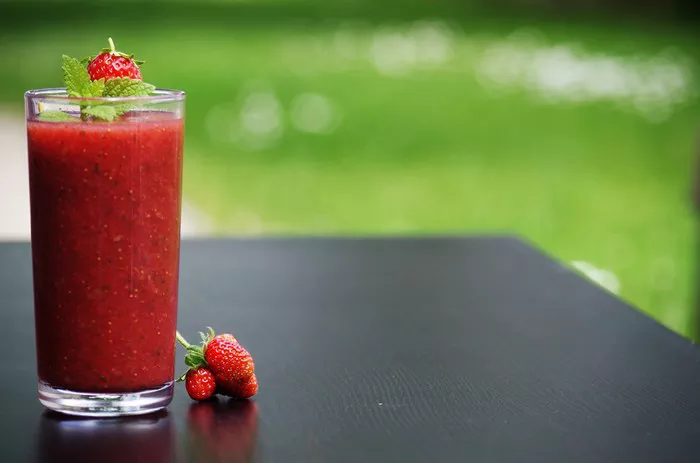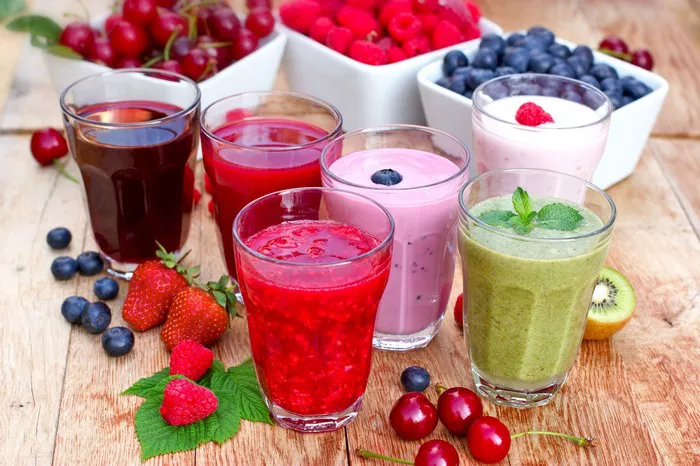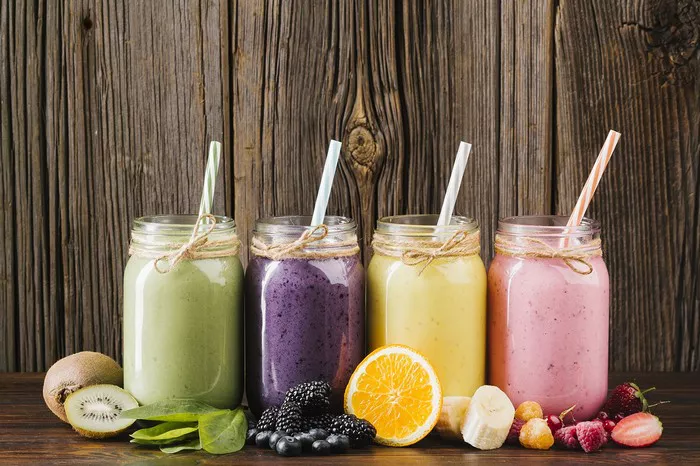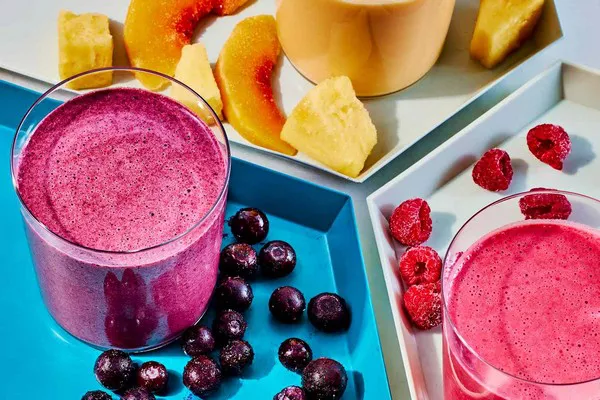Chinese curry sauce is a delightful fusion of traditional Chinese and Indian culinary techniques, creating a rich, flavorful sauce that enhances various dishes. Known for its aromatic spices and savory taste, Chinese curry sauce is a versatile addition to your culinary repertoire. This guide will walk you through the process of making authentic Chinese curry sauce from scratch, including the history, ingredients, preparation methods, and tips for perfecting the sauce. Let’s dive in!
The Origin and Evolution of Chinese Curry Sauce
The origin of Chinese curry sauce can be traced back to the late 19th and early 20th centuries when Chinese immigrants and traders interacted with Indian culture and cuisine. The resulting blend incorporated the complex spice profiles of Indian curries with the distinct flavors and cooking techniques of Chinese cuisine.
Historically, the spread of curry into China occurred mainly through two routes: maritime trade routes along the southern coast of China and land routes through Western China. These exchanges led to a unique adaptation of curry in various Chinese regions, particularly in Cantonese cuisine, which is renowned for its light and fresh flavors, complemented by the warmth and depth of curry spices.
Essential Ingredients for Chinese Curry Sauce
The beauty of Chinese curry sauce lies in its simplicity and the harmonious blend of ingredients. Here is a list of essential ingredients:
- Spices: The core spices typically include turmeric, cumin, coriander, and Chinese five-spice powder. Additional spices like fennel seeds and star anise can add depth to the flavor.
- Aromatics: Garlic, ginger, and onions form the aromatic base, providing a rich and flavorful foundation.
- Curry Powder: Commercial curry powder can be used, but making your own blend allows for customization.
- Broth: Chicken or vegetable broth adds a savory depth to the sauce.
- Soy Sauce: Light soy sauce is preferred for its balanced saltiness.
- Coconut Milk: Adds creaminess and a subtle sweetness, though it can be substituted with milk or cream for a lighter version.
- Vegetables: Potatoes, carrots, and bell peppers are commonly used.
- Protein: Chicken, beef, shrimp, or tofu can be added according to preference.
- Thickening Agent: Cornstarch or flour to achieve the desired consistency.
- Oil: Vegetable oil or peanut oil for sautéing.
Preparation of Chinese Curry Sauce
1. Preparing the Ingredients
Start by gathering all your ingredients and prepping them for cooking. This includes:
- Chopping Aromatics: Finely chop garlic, ginger, and onions.
- Dicing Vegetables: Cut potatoes, carrots, and bell peppers into bite-sized pieces.
- Marinating Protein: If using meat or tofu, marinate with a bit of soy sauce and cornstarch for added flavor and tenderness.
2. Making the Spice Blend
If you choose to make your own curry powder, here’s a simple recipe:
Homemade Curry Powder Blend:
- 2 tablespoons ground turmeric
- 1 tablespoon ground cumin
- 1 tablespoon ground coriander
- 1 teaspoon ground ginger
- 1 teaspoon ground cinnamon
- 1 teaspoon ground fennel seeds
- 1 teaspoon ground star anise
- 1/2 teaspoon ground cloves
- 1/2 teaspoon ground black pepper
- Mix all the spices thoroughly and store in an airtight container.
3. Sautéing the Aromatics
In a large saucepan or wok, heat 2 tablespoons of vegetable oil over medium heat. Add the chopped garlic, ginger, and onions. Sauté until the onions become translucent and the mixture is fragrant.
4. Adding the Spices
Once the aromatics are ready, it’s time to add the curry powder. Stir in 2-3 tablespoons of your homemade curry powder (or commercial curry powder). Toast the spices for about 1-2 minutes to release their aromas, being careful not to burn them.
5. Incorporating the Broth and Vegetables
Add the diced potatoes, carrots, and bell peppers to the pan. Stir to coat the vegetables with the spices and aromatics. Pour in 2 cups of chicken or vegetable broth, stirring well to combine. Bring the mixture to a simmer and cook for about 15-20 minutes, or until the vegetables are tender.
6. Adding Protein
If you’re using meat, add it now. Stir in the marinated chicken, beef, shrimp, or tofu. Cook until the protein is fully cooked and incorporated into the sauce. This should take an additional 10-15 minutes, depending on the type of protein.
7. Thickening the Sauce
To thicken the sauce, mix 2 tablespoons of cornstarch with 1/4 cup of water to create a slurry. Gradually add the slurry to the sauce, stirring continuously until the sauce reaches your desired consistency. If the sauce is too thick, you can add more broth or water.
8. Final Touches
Finish the sauce by adding 1/2 cup of coconut milk for a creamy texture and balanced flavor. Stir well to combine. Add 2 tablespoons of light soy sauce for seasoning, and adjust the salt level to taste.
9. Simmer and Serve
Let the sauce simmer for an additional 5 minutes to allow the flavors to meld together. Taste and adjust seasoning if necessary. Serve the Chinese curry sauce hot over steamed rice, noodles, or alongside your favorite main dish.
SEE ALSO: How to Cook Beef Noodles Chinese Style
Tips for Perfecting Chinese Curry Sauce
- Balance the Spices: Adjust the amount of curry powder according to your spice tolerance. If you prefer a milder sauce, reduce the amount of curry powder.
- Consistency: The thickness of the sauce can be controlled by the amount of cornstarch slurry added. For a thicker sauce, use more slurry; for a thinner sauce, use less.
- Protein Alternatives: For a vegetarian or vegan option, use tofu or chickpeas instead of meat.
- Flavor Depth: Adding a splash of fish sauce or a squeeze of lime juice can enhance the umami and brightness of the sauce.
- Storage: Chinese curry sauce can be stored in an airtight container in the refrigerator for up to 3 days. Reheat gently before serving.
Variations of Chinese Curry Sauce
While the basic recipe is delicious on its own, there are several variations you can try to add different dimensions to your curry sauce:
1. Spicy Chinese Curry Sauce
For a spicier version, add chopped fresh chilies or a teaspoon of chili paste along with the aromatics. You can also increase the amount of black pepper or add Sichuan peppercorns for a unique spicy kick.
2. Sweet and Sour Chinese Curry Sauce
Incorporate a tablespoon of sugar and a splash of vinegar to create a sweet and sour flavor profile. Pineapple chunks can also be added for a tropical twist.
3. Peanut Chinese Curry Sauce
For a nutty flavor, add 2 tablespoons of peanut butter to the sauce along with the coconut milk. This variation pairs well with chicken or shrimp.
4. Herbal Chinese Curry Sauce
Add fresh herbs like cilantro or basil at the end of cooking for a fresh and vibrant taste. This is especially delightful with vegetarian or tofu curries.
5. Seafood Chinese Curry Sauce
Incorporate seafood like prawns, scallops, or fish fillets. Seafood cooks quickly, so add it towards the end of the cooking process to prevent overcooking.
Serving Suggestions and Pairings
Chinese curry sauce is incredibly versatile and can be served with a variety of dishes:
- Over Steamed Rice: The classic way to enjoy curry sauce is over a bed of fluffy steamed rice, allowing the rice to soak up the rich flavors.
- With Noodles: Serve the sauce over stir-fried noodles or lo mein for a comforting meal.
- As a Dipping Sauce: Use the curry sauce as a dip for dumplings, spring rolls, or even bread.
- With Vegetables: Pair the sauce with steamed or stir-fried vegetables for a healthy and flavorful side dish.
- In a Bun: Use the sauce as a filling for bao buns or as a topping for sandwiches.
Conclusion
Chinese curry sauce is a delightful and adaptable dish that brings together the best of Chinese and Indian culinary traditions. By following this comprehensive guide, you can create a flavorful and aromatic curry sauce that will enhance any meal. Experiment with different variations and pairings to find your perfect combination, and enjoy the rich, savory taste of homemade Chinese curry sauce. Whether you’re a seasoned cook or a beginner, this sauce is sure to become a staple in your kitchen. Happy cooking!
Related Topics:



















